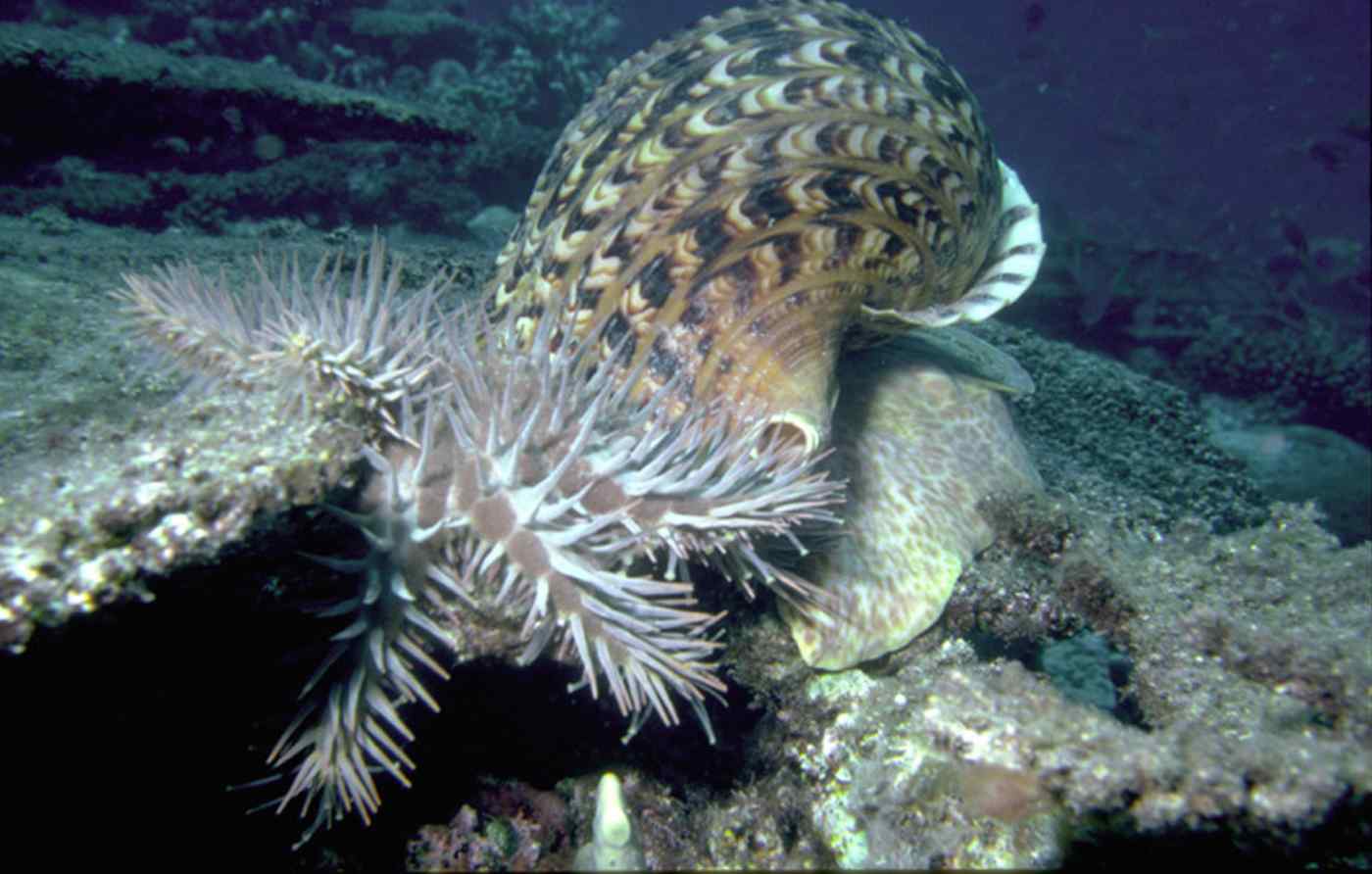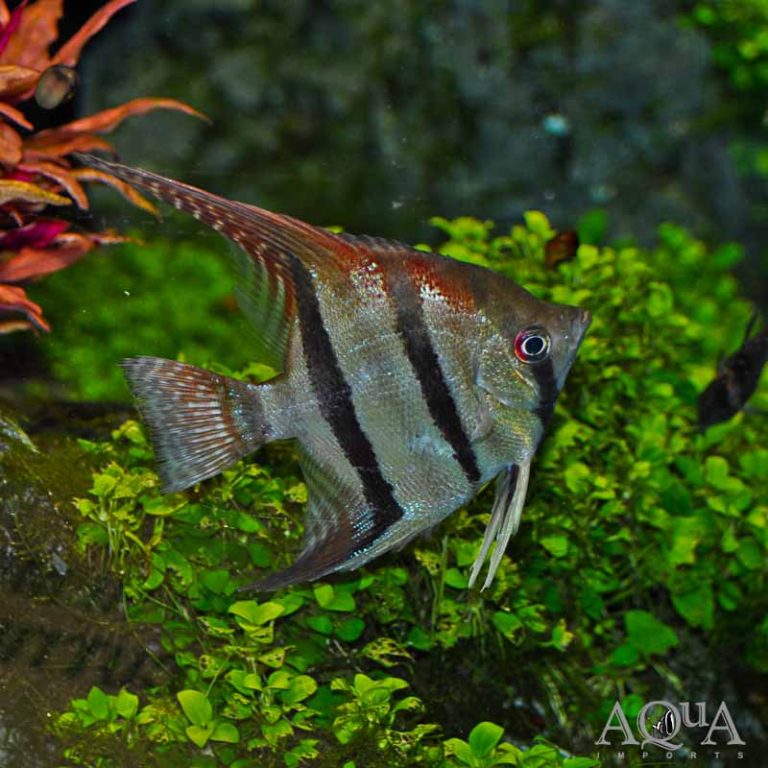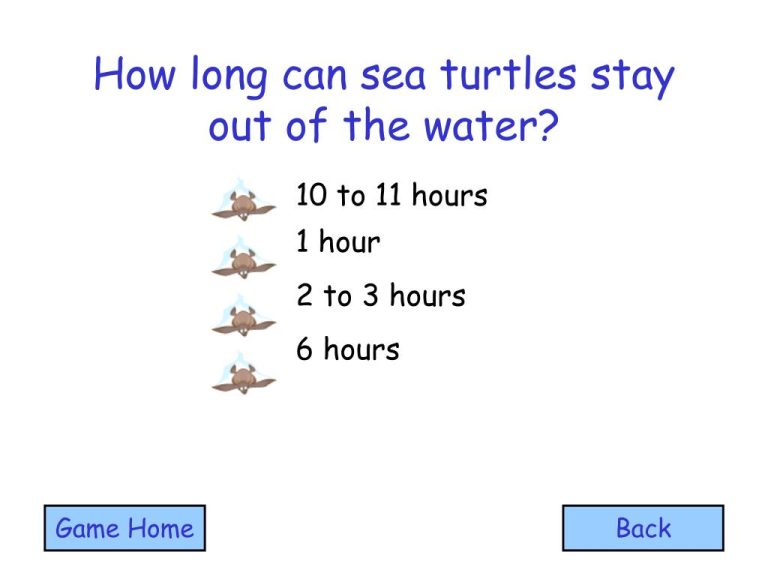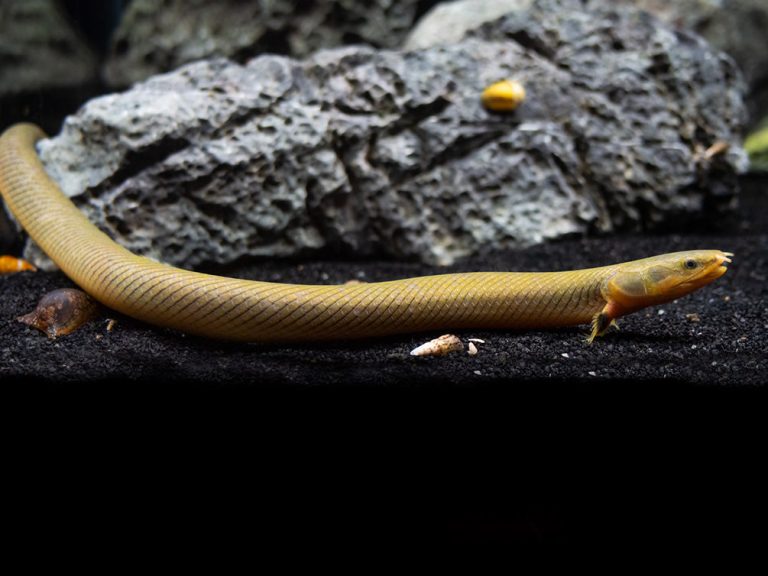What Eats Coral : Uncovering The Predators Beneath The Waves.
Fish, snails, crabs, and other marine creatures eat coral. Coral reefs are the largest natural structures on earth that are built by living organisms.
They have complex ecosystems that support a wide range of marine life. Coral reefs are essential habitat for many species of fish, crustaceans, and mollusks. However, these amazing habitats are under constant threat from human activities such as overfishing, pollution, and climate change.
Overfishing of certain species that eat algae can cause an increase in algae growth, which can harm or even kill coral. Pollution from land and sea also damages coral reefs. Climate change results in warming waters, which can cause coral to expel the symbiotic algae that provide them with nutrients and color, leading to coral bleaching and death. It is important to preserve coral reefs to protect the marine life they support and the health of our oceans.
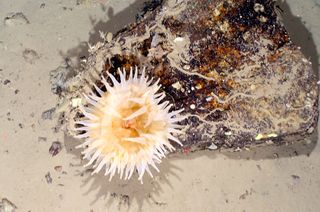
Credit: www.livescience.com
The Role Of Coral Reefs In The Ecosystem
Definition Of Coral Reefs
Coral reefs are a complex and diverse underwater ecosystem formed from the calcium carbonate remains of tiny marine animals called coral polyps. These reefs are vital marine habitats that are home to a vast array of marine species, from colorful fish to snails and crabs.
Coral reefs can take centuries to develop, span vast areas and are found in various oceans worldwide.
The Importance Of Coral Reefs In The Marine Ecosystem
Coral reefs are essential to the marine ecosystem and play a critical role in ensuring the survival of numerous marine species. Here are some of the reasons why coral reefs matter:
- Biodiversity: Coral reefs are incredibly biodiverse habitats, supporting over 25% of marine species despite covering less than 1% of the ocean floor.
- Coastal protection: Coral reefs serve as natural barriers against incoming ocean waves, which helps lessen the impact of storms. They also defend the coastlines against harsh weather conditions like hurricanes and typhoons.
- Climate regulation: Coral reefs play a vital role in regulating the earth’s climate by absorbing and storing carbon dioxide from the atmosphere.
- Economic significance: Coral reefs are a massive source of income for coastal communities worldwide through tourism, fishing, and recreation.
How They Provide The Ecosystem With Critical Habitats
Coral reefs provide homes, feeding grounds, and breeding areas for a vast array of marine species. Without coral reefs, many marine species would suffer significant losses. Here’s how coral reefs provide critical habitats:
- Home for marine species: Coral reefs support over 4,000 species of fish and 800 species of reef-building corals and other invertebrates. Coral reefs also offer homes for sea turtles, sharks, and dolphins.
- Feeding grounds: Many of the world’s fisheries depend on coral reefs to provide abundant feeding grounds for their fish stocks. The reefs serve as nurseries, feeding grounds, and hiding places for young marine species.
- Breeding areas: For most marine species, coral reefs serve as essential breeding areas. The structure of coral formations provides a safe space for the reproductive activities of numerous marine species.
Coral reefs represent an essential aspect of the marine ecosystem. They provide homes, feeding grounds, and breeding areas to thousands of marine species and play a crucial role in regulating the earth’s climate. Protecting these beautiful and important habitats is crucial to maintaining the sustainability of the marine environment.
Overview Of Coral Polyps And Coral Anatomy
Coral reefs are one of the most diverse ecosystems in the world, hosting thousands of species of marine life. Coral polyps play a crucial role in building and maintaining the structure of a coral reef, providing a habitat for other marine animals.
In this section, we will explore coral polyps and coral anatomy.
Definition And Description Of Coral Polyps
Coral polyps are small, soft-bodied organisms that belong to the phylum cnidaria. They are typically less than half an inch in size and have a cylindrical body with a mouth surrounded by tentacles. Coral polyps are colonial animals, meaning they live together in groups.
They form a symbiotic relationship with algae, providing them with a safe haven to live in, while the algae help keep the coral nourished.
Types Of Coral Polyps Found In The Ecosystem
There are three main types of coral polyps found in the ecosystem: scleractinian coral polyps, zoanthid soft coral polyps, and gorgonian soft coral polyps. Each type of coral polyp grows differently and has distinct characteristics. Here is a brief description of each type:
- Scleractinian coral polyps – these are the hard coral polyps that build the reef’s structure. They secrete calcium carbonate to construct their skeleton and have a symbiotic relationship with zooxanthellae algae.
- Zoanthid soft coral polyps – come in different colors and shapes, and are easily recognized by their long, thin arms, each marked by a unique pattern of spots or stripes. Zoanthids are relatively small, growing only a few inches tall.
- Gorgonian soft coral polyps – known for their long branch-like structures, which can grow up to several feet long. They are flexible and can move in response to water currents or other stimuli.
Coral Anatomy And Its Relationship To The Coral Polyps
Coral anatomy is diverse, ranging from hard, stony coral to soft, pliable organisms. Regardless of their classification, coral polyps all share similar internal structures. Here are a few key elements of coral anatomy and their relationship to the coral polyps:
- Coral skeletons: The hard coral skeletons are formed from the calcium carbonate that the scleractinian coral polyps secrete.
- Tentacles: Coral polyps use their tentacles to capture prey and sweep food toward their mouths.
- Mouth and gastrovascular cavity: Coral polyps’ digestive system consists of a mouth and a gastrovascular cavity. These organs enable the polyps to break down and absorb vital nutrients from their food.
- Algae: Coral polyps play a crucial role in coral reef ecosystems by providing a habitat for algae. Algae are essential to the health of coral reefs because they produce oxygen and sugars through photosynthesis that nourish the coral polyps.
Coral polyps and coral anatomy are incredible examples of the complexity and diversity of life in the ocean. Understanding their structure and function is crucial to protecting and conserving these vital ecosystems for future generations.
Understanding Coral Predators
Definition And Identification Of Coral Predators
Coral reefs are vital to the ocean’s ecosystem, providing a haven for diverse marine species. However, there are distinct creatures, known as coral predators, that prey upon coral polyps, causing detrimental effects to these fragile ecosystems.
Here are some key points of how to define and identify coral predators:
- Coral predators can be any organism that preys on living corals.
- They can attack corals in various ways such as eating, biting, drilling, or stealing its nutrients.
- Coral predators can differ in size, from tiny snails to larger fish species or even sharks.
- Identifying coral predators can be challenging because some predators are hidden, living within the coral bed.
- Coral predators can cause damage not only to individual corals but also entire coral reefs.
The Role Of Coral Predators In The Ecosystem
Coral reefs are an essential part of the marine ecosystem, and coral predators play a crucial role in shaping the ecosystem. Predators regulate the population of coral species, keeping the coral reefs healthy and robust. Some predators play a vital role in digesting algae that grow on coral surfaces.
In this way, they contribute to maintaining the balance of marine life within the coral ecosystem.
Here are some key points regarding coral predators’ role in the ecosystem:
- Coral predators help to keep the population of fast-growing coral species in check, ensuring a diverse ecosystem that can support many other species.
- Predators play a crucial role in nutrient cycling and nutrient transfer in the ecosystem.
- Some predators, such as some species of fish, will eat the algae that grow on coral surfaces, helping to prevent the algae from suffocating the coral.
Common Coral Predators Found In The Ecosystem
There are numerous coral predators found amidst the coral ecosystems. Each predator species has specific characteristics, behaviors, and feeding habits. Some coral predators are present in low numbers and pose little threat to the coral, while others are present in high quantities and can significantly impact the coral’s health.
Here are some of the common coral predators found in the ecosystem:
- Crown-of-thorns starfish: This species is known to eat live coral. One starfish can consume a large amount of the coral, causing considerable damage to the reef.
- Parrotfish: Parrotfish are vital to coral reef ecosystems as they feed on algae that compete with coral for space.
- Wormsnails: These snails excavate tiny holes in the coral to extract food, which eventually kills the coral.
- Coral crab: These crabs live in small cavities within the coral, where they get their food.
- Drupella snails: These snails feed on certain coral species, and when they are in large numbers, they can significantly impact the health of the reef.
Understanding coral predators is essential to conserve and protect the world’s coral reefs. It is crucial to maintain a balance between the predator’s role in the ecosystem, ensuring that they do not cause significant damage to vulnerable coral reefs. So, scientists, researchers, and conservationists are working together to understand and conserve the ocean’s beautiful coral ecosystems.
A Closer Look At The Predators Of Coral
Understanding The Eating Habits Of Coral Predators
Coral reefs are ecosystems rich in biodiversity. While they are home to various species of marine organisms, they are also vulnerable to many predators, including fish, sea stars, snails, and sea urchins, which prey on coral polyps. Here are some key points to help you understand the eating habits of coral predators:
- Coral predators have diverse diets, but all of them feed on coral polyps.
- Some predators, like butterflyfish and parrotfish, use their beaks to scrape off the thin layer of flesh covering the coral skeleton.
- Others, such as crown-of-thorns starfish, eat entire coral colonies by extruding their stomach over the coral’s surface and digesting the tissue.
- Some predators, such as crabs and snails, eat dead coral tissue, which is crucial in keeping coral ecosystems healthy by removing decaying material.
The Impact Of Coral Predators On The Ecosystem
Coral predators play an essential role in maintaining the balance of marine ecosystems. However, given the rise of human activities, such as overfishing and pollution, coral predators’ impact on coral reefs has been more severe in recent years. Here are some key points about predators’ impact on the ecosystem:
- Coral predators are essential in controlling the population of coral-eating organisms and maintaining the health of coral reef ecosystems.
- The decline of coral predators, such as parrotfish, due to overfishing, can lead to increased competition for space and resources, affecting the growth and survival of coral reefs.
- The abundance of coral predators also affects the growth and reproduction of various other organisms that live in the coral ecosystem.
Dangers Posed By Coral Predators To The Health Of Coral Reefs
While coral predators play an important role, an overabundance of predators could pose a danger to the health of coral reefs. Overfishing, pollution, and habitat destruction have caused an increase in some predators’ populations, leading to an imbalance in the ecosystem.
Here are some key points about the dangers posed by coral predators to the health of coral reefs:
- An overabundance of coral predators can cause a decrease in the number of coral polyps, leading to a decline in coral cover.
- Predators like the crown-of-thorns starfish have been known to cause severe damage to coral ecosystems by consuming whole colonies.
- Destructive fishing practices, such as the use of dynamite or cyanide, can greatly reduce the number of coral predators and affect the reef’s health.
Coral predators are vital to the health and survival of coral reef ecosystems. While they play an essential role in maintaining balance, an overabundance of predators can pose a danger to the health of coral reefs. It is crucial to maintain a healthy balance between predators and their prey to support the growth and survival of coral reefs.
The Threats Of Climate Change On Coral Reefs
Coral reefs are delicate marine ecosystems that support a wide range of marine life, from small fish to large sharks. However, the world’s coral reefs are in danger due to climate change. The warming of our planet’s oceans is having a significant impact on the health and survival of corals.
In this blog post, we’ll explore the threats of climate change on coral reefs, specifically focusing on the impact of climate change on coral predators and the future of coral reefs.
The Impact Of Climate Change On Coral Reefs
Climate change is having a profound impact on coral reefs around the world. Here are some of the key points to consider:
- The warming of our planet’s oceans is causing coral bleaching. When water temperatures rise, corals expel the algae living in their tissues. As a result, coral reefs become more vulnerable to disease and other threats, which can lead to their death.
- The world’s coral reefs are also under threat from ocean acidification. Increased levels of co2 in the atmosphere are absorbed by the ocean, leading to a decrease in ph levels. This acidification makes it more difficult for corals to build their skeletons and can lead to weakened reefs.
- Increasing ocean temperatures are also causing changes in the distribution of marine species. Some species, such as certain fish and corals, are moving towards cooler waters, while others are moving towards the poles.
How Rising Temperatures Affect Coral Predators
Rising ocean temperatures not only affect corals directly, but they also affect the predators that feed on them. Here are some key points to consider:
- Rising ocean temperatures can lead to the expansion of coral predators’ habitat. For example, crown-of-thorns starfish, which feed on corals, thrive in warmer water conditions. As water temperatures rise, these starfish populations can increase, leading to greater damage to coral reefs.
- The increased acidity of ocean water can also affect the behavior of coral predators. For example, in some species of fish, higher acidity levels can lead to changes in their sense of smell, which can make it more difficult for them to locate and catch their prey.
The Future Of Coral Reefs And What Can Be Done To Save Them
The future of coral reefs is uncertain. However, there are steps that we can take to reduce the impact of climate change on these fragile ecosystems. Here are some of the key points to consider:
- We must take action to reduce carbon emissions and slow the pace of climate change. This can be achieved through a range of measures, including increasing the use of renewable energy sources and improving energy efficiency.
- We can also work to reduce other threats to coral reefs, such as overfishing and pollution. By reducing these threats, we can help to improve the overall health of coral reefs.
- We can also work to restore damaged coral reefs through initiatives such as coral farming and transplantation. These techniques can help to jump-start the recovery of damaged reefs.
Climate change is having a significant impact on coral reefs. Rising ocean temperatures and acidity levels are causing coral bleaching, which makes corals more vulnerable to predators and disease. However, by taking action to reduce carbon emissions and other threats to coral reefs, we can help to preserve these delicate ecosystems for years to come.
Frequently Asked Questions Of What Eats Coral
What Animals Eat Coral?
Some animals that eat coral include parrotfish, butterflyfish, and snails.
Why Do Animals Eat Coral?
Some animals eat coral because it is an important source of nutrients and energy.
How Does Coral Get Eaten?
Animals consume coral in a variety of ways, including biting, scraping, and sucking.
Can Eating Coral Harm Animals?
While eating coral is a natural part of some animals’ diets, overeating or eating unhealthy coral can harm them.
Conclusion
After reading this blog post, we can conclude that there are a variety of creatures that eat coral. Some of these animals include fish, sea urchins and snails. However, the biggest threat to coral reefs globally is climate change and human activity.
Efforts must be made to reduce greenhouse gas emissions and protect coral reefs from overfishing, pollution and destructive fishing practices. It is important to remember that coral reefs are not only important habitats for marine life, but also provide valuable benefits to human societies, such as coastal protection and tourism.
Therefore, it is crucial to conserve and protect these ecosystems. As individuals, we can make a difference by practicing sustainable behaviors, such as using reef-friendly sunscreen and reducing our carbon footprint. Together we can help protect the beautiful and complex world of coral reefs for generations to come.
